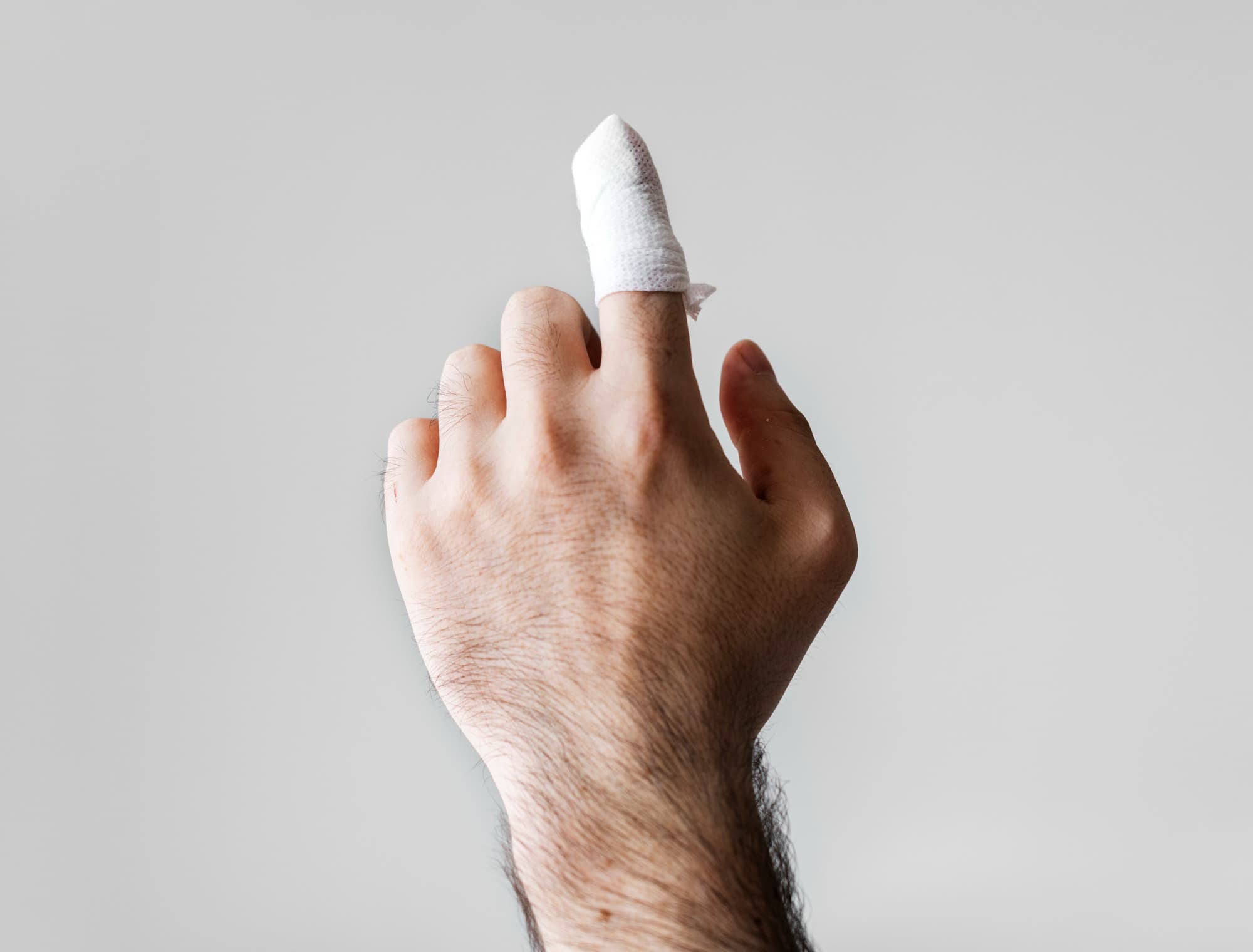Nov 12, 2025
Mallet Finger: What It Is, Causes, Symptoms and Treatment

THIS WEBSITE DOES NOT PROVIDE MEDICAL ADVICE. The content included on this website is for informational and educational purposes only. Always consult with your healthcare provider regarding any medical condition and before starting any healthcare or medication regimen.
Mallet finger, also known as "baseball finger" or "drop finger," is an injury to the tendon responsible for straightening the tip of the finger or thumb. This condition occurs when the tendon is damaged or torn, leading to an inability to fully extend the fingertip, which then droops. Understanding the causes, symptoms, and treatment options for mallet finger is essential for effective management and recovery.
Discover the best prices on medications and get access to free instant savings coupons for your local pharmacy using our prescription discount card. No insurance or sign-up is necessary.
Causes of Mallet Finger
Mallet finger typically results from a direct impact to the extended fingertip, causing the tendon to tear or detach from the bone. Common causes include:
Sports Injuries: Athletes participating in sports like baseball, basketball, or volleyball are at higher risk. A ball striking the fingertip can force it to bend beyond its normal range, leading to tendon injury.
Accidental Trauma: Everyday activities, such as jamming a finger against a hard surface or catching it in a door, can cause mallet finger. Even minor incidents, like tucking in bedsheets, have been reported as causes.
Symptoms of Mallet Finger
The primary symptom of mallet finger is the inability to straighten the fingertip, resulting in a drooping appearance. Other symptoms include:
Pain and Tenderness: Immediately following the injury, the fingertip may be painful and sensitive to touch.
Swelling and Redness: Inflammation around the affected area is common, leading to swelling and redness.
Bruising: Discoloration may occur due to bleeding under the skin.
Detached Fingernail: In severe cases, the injury may cause the fingernail to become detached or show redness beneath the nail bed.
Diagnosis of Mallet Finger
A healthcare provider can diagnose mallet finger through a physical examination, observing the characteristic droop of the fingertip. To assess the extent of the injury and check for fractures, imaging tests such as X-rays may be performed.
Treatment Options for Mallet Finger
Treatment aims to restore function and appearance to the injured finger. Options include:
Splinting: The most common treatment involves wearing a splint that keeps the fingertip straight, allowing the tendon to heal. The splint is typically worn continuously for six to eight weeks.
Surgical Intervention: Surgery is considered if there is a large fracture, joint misalignment, or if nonsurgical treatments fail. Procedures may involve pinning the bone or repairing the tendon.
Immediate Care: Applying ice, elevating the finger, and taking over-the-counter pain relievers can help manage initial symptoms.
Recovery and Rehabilitation
Full recovery from mallet finger can take several months. After the initial splinting period, gentle exercises may be recommended to restore motion and strength. Adherence to treatment and rehabilitation plans is crucial to regain optimal function.
Preventing Mallet Finger
While accidents are unavoidable, taking precautions during activities can reduce the risk:
Protective Gear: Wearing appropriate protective equipment during sports can help shield fingers from injury.
Caution in Daily Activities: Being mindful of hand placement and movements can prevent accidental trauma.
Conclusion
Mallet finger is a common injury that, if left untreated, can lead to permanent deformity and functional impairment. Early recognition and appropriate treatment are essential for a successful outcome. Consulting with a healthcare provider promptly after injury ensures proper management and reduces the risk of complications. If you’re prescribed medications or supplies during recovery, consider using a prescription discount card like CareCard to help lower your out-of-pocket costs
Frequently Asked Questions (FAQs)
What is mallet finger?
Mallet finger is an injury to the tendon that straightens the tip of the finger or thumb, resulting in a drooping fingertip.
How does mallet finger occur?
It commonly occurs due to a direct impact on the extended fingertip, often during sports or accidental trauma.
What are the treatment options for mallet finger?
Treatment typically involves splinting the affected finger to keep it straight, allowing the tendon to heal. In severe cases, surgery may be necessary.
Can mallet finger heal on its own?
Without proper treatment, mallet finger may not heal correctly, leading to permanent deformity. Medical intervention is recommended.
Is surgery always required for mallet finger?
No, most cases are treated successfully with splinting. Surgery is reserved for complex injuries or when nonsurgical treatments fail.
How long does recovery from mallet finger take?
Initial splinting lasts about six to eight weeks, but full recovery, including rehabilitation, can take several months.
Can I prevent mallet finger?
While not entirely preventable, using protective gear during activities and being cautious can reduce the risk.
What happens if mallet finger is left untreated?
Untreated mallet finger can result in permanent drooping of the fingertip and may impair hand function.
Can children get mallet finger?
Yes, children can sustain this injury, often from jamming their finger during play or sports.
Will I regain full function after mallet finger treatment?
With proper treatment and rehabilitation, most individuals regain full or near-full function of the affected finger.
